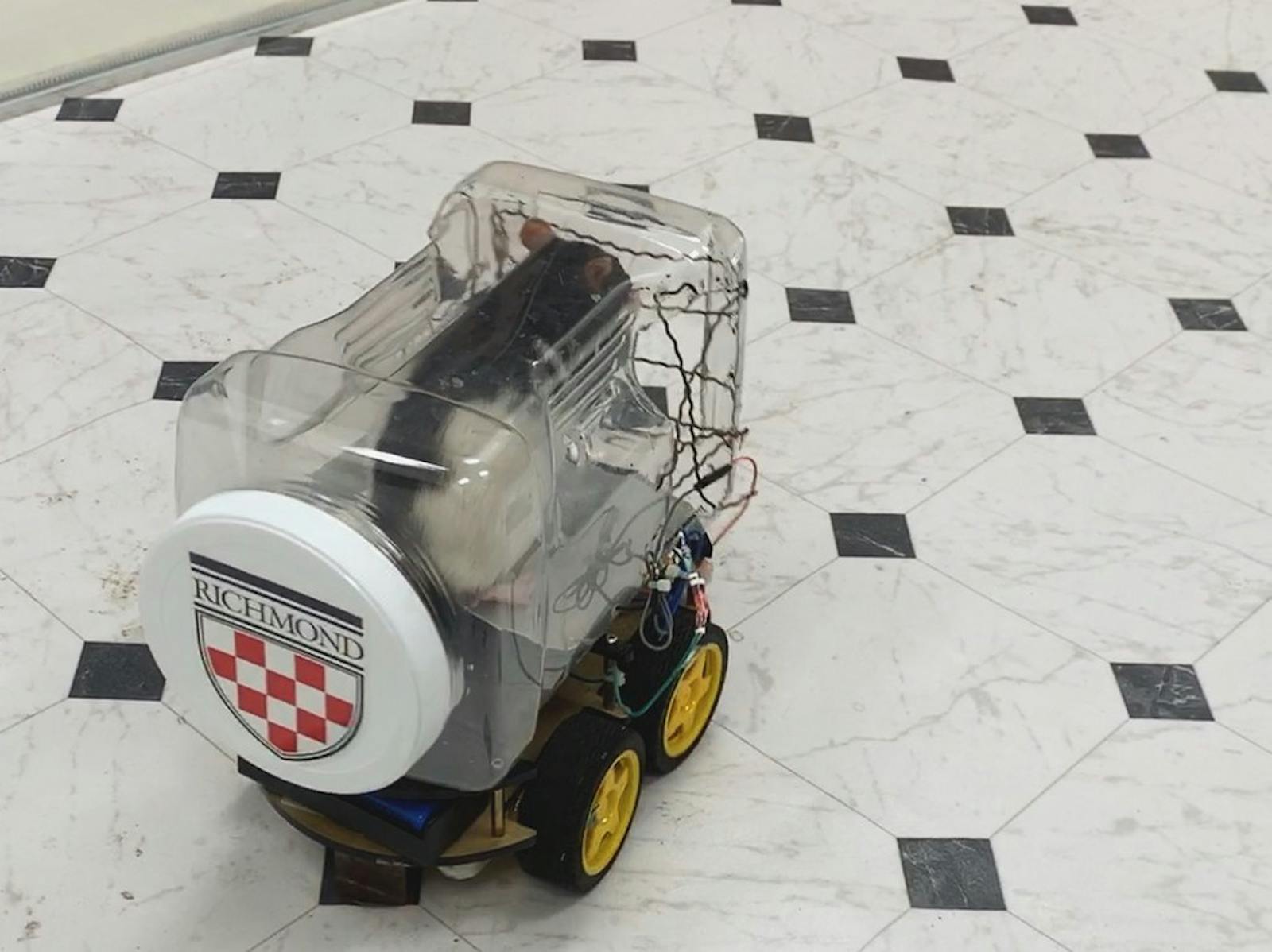Why the Mustang EcoBoost High Performance Pack makes less power than the RS
Although the Focus RS is out of production, its engine will live on, courtesy of a new High Performance Package that was just announced for the Mustang EcoBoost. Along with a pile of handling upgrades, the new performance-oriented Mustang EcoBoost uses the RS’ 2.3-liter turbocharged four-cylinder engine, albeit with a few modifications.
The High Performance Package boosts power in the EcoBoost Mustang from 310 to 330 horsepower, while torque remains at 350 lb-ft. This is 20 more hp than the standard EcoBoost engine in the Mustang, but 20 hp less than the outgoing Focus RS.
The power increase compared to the standard engine, like in the RS, is in part a result of larger turbocharger wheels. The new turbocharger has a 63-mm impeller wheel, which is a match for the unit on the Focus RS engine and 3 mm bigger than on the standard EcoBoost Mustang. Although the center cartridge of the turbocharger might be shared with the Focus RS, it is a new unit made to fit the intake and exhaust housings of the turbocharger as well as its configuration on the longitudinally-oriented engine.
Some may question why the Mustang makes 20 hp fewer than the Focus RS, even though the 2.3-liter High Performance engine is still built in the same Valencia, Spain, factory. Keep in mind, the head and block are the same, but many other parts had to be changed or modified to fit the Mustang’s rear-drive platform and packaging. Ultimately though, the answer is twofold, and comes down to tuning and pairing with the character of the different vehicles. The Focus RS was tuned to have peaky horsepower that is transmitted to all four wheels, but primarily based on the front axle. The Mustang sends all of its power to the rear wheels and is tuned to have a wide torque band—90 percent of peak torque is available from 2,500 rpm to 5,300 rpm. According to Ford, this torque band is also 40 percent wider than that offered by the standard Mustang EcoBoost.
20190412193130)
The Focus RS had a single transmission, a six-speed manual, and an AWD system that was tuned to work with the overboost function which allowed for the 350 hp and 350 lb-ft figures. Due to this system, torque was limited in lower gears and the overboost function only provided the maximum amount of power for 20 seconds. The tune in the Mustang has to work with a six-speed manual as well as a 10-speed automatic transmission, both of which have very different gear ratios and final drives than the Focus RS.
The new package doesn’t stop at the engine. Ford engineers added chassis and braking upgrades to complement the increase in power, which should result in some great lap times for enthusiasts that want to take it out on track. The new EcoBoost package will also be quick off the line, as Fod states that it should have a 0–60 mph in the mid four second range. That should be a close match for the 4.5-second time we saw on the Focus RS and will actually be quicker than what the Mustang GT was able to run just a couple of years ago. Those numbers are a good indicator of the importance of tuning and gearing, especially given that the Mustang will be about 100 pounds heavier than the RS and doesn’t have the traction advantage of AWD.
You can bet tuners are already scheming about how they can tinker with this motor. We’ll surely see packages similar to those available for the Focus RS, where torque will climb above 400 lb-ft with a few bolt-ons and an ECU reflash.

20190412193147)
20190412193153)
20190412193200)
20190412193208)
20190412193213)









